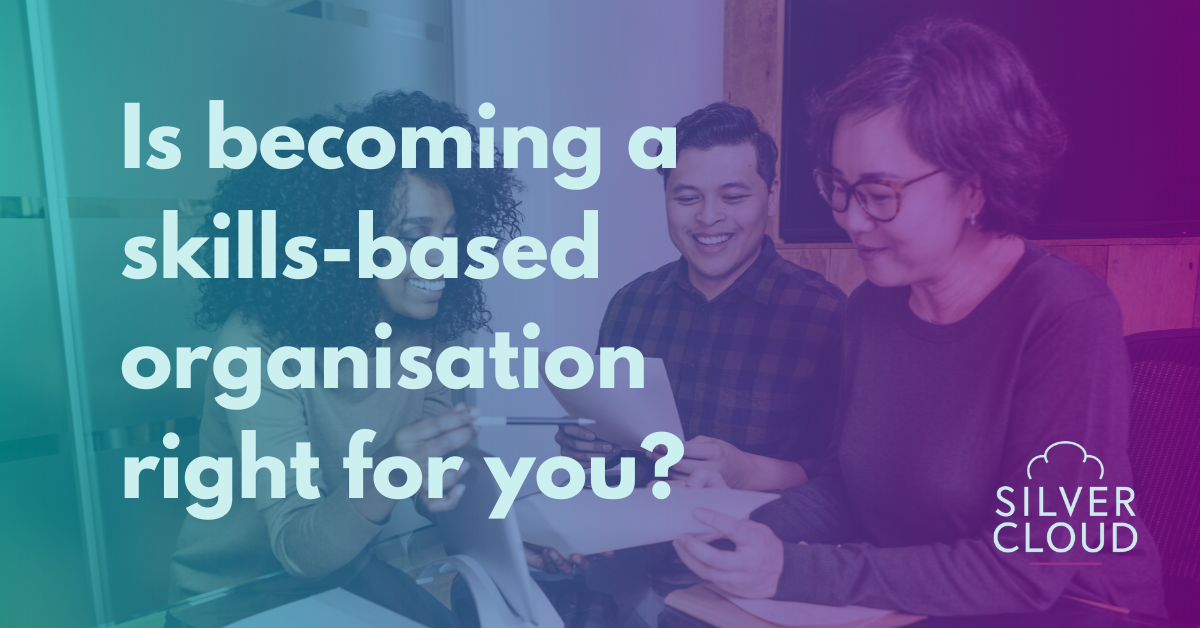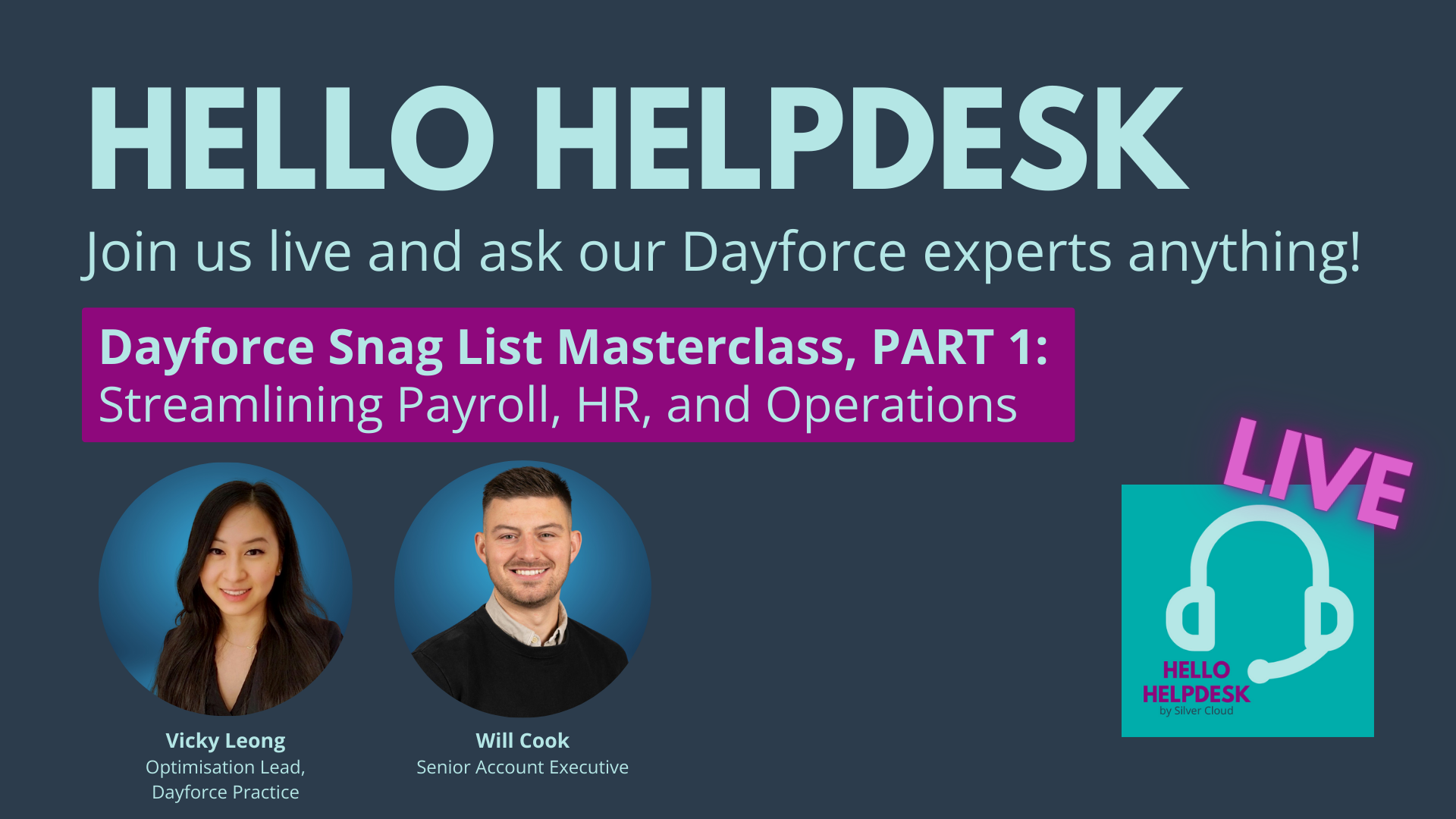Why your people tech business case failed
by SJ Hood

Your existing HR system isn’t cutting the mustard anymore and you’re ready for something new. You’ve started doing your research, you have a good idea of what you need and you’re ready to create a business case to get the leadership team on board. At least, you’re pretty sure you are. But organisations in the current economic climate can’t take a risk on a project that hasn’t been fully fleshed out. Your business case had better be extremely compelling if you want it to succeed. Because a lot of them don’t.
So why do business cases for new HR tech fail? There can be a lot of reasons, but there are some that are more frequent than others. If you want to get your people tech project over the line, don’t make these common mistakes:
Lack of clear business case objectives
Nothing will get your business case knocked down faster than failing to clearly define and articulate your objectives. These objectives should explain the goals that you want to achieve and the timeline in which you want to achieve them. An easy way to make your objectives clear is to use the acronym SMART.
SMART goals use a specific set of criteria which will help make sure your objectives meet the expectations of your key stakeholders. These goals are Specific, Measurable, Achievable, Relevant and Timely.
Specific means being detailed about your goals. Don’t say ‘make the team happier,’ say ‘increase our eNPS score.’ And then add measurable: ‘Increase our eNPS by 20%.’ At this point, check that the goal you’re creating is achievable through this project. And, make sure that the objective is in line with your overarching strategy.
Moving on to ‘relevant.’ A relevant goal needs to be one that makes sense when associated with the business case. For example, if you want to increase your eNPS score by 20%, but the project you are proposing is switching payroll providers, you probably want to pick a different goal with a more direct link. Maybe fewer errors or faster processing.
And finally, timely. This goal should be contained within a specific time frame. So, for a new payroll system, you may create a SMART goal that reads something like ‘This project will reduce manual payroll processing time by 20% within the next 6 months.’ And with that, you have an effective objective.
Strategic misalignment
If your business case for a new HR Information System (HRIS) or other HR software doesn’t align with the overall business strategy, it’s unlikely that you will get the buy-in that you need. You will need to prove to your stakeholders that investing in new people technology will be worthwhile. And, ultimately, that it will help to support the business’s goals and feed into the overall strategy. This could look different depending on your organisation’s goals and your current digital maturity. For example, if your business strategy doesn’t involve massive team growth in the next year, perhaps making a case for a new Applicant Tracking System isn’t the right call.
Failure to identify and address risks
Another common mistake is not identifying or including any potential risks. As with any new piece of technology, there is always some amount of risk associated. By leaving the risks inherent in selecting and implementing a new HRIS out of your business case, it can seem as though you haven’t considered the possibility of something going wrong. Not only does that suggest a lack of research, but it will also scare off stakeholders because it means you don’t have a plan for managing those risks.
In your business case, you should detail what these risks are, how they can be mitigated and how, if possible, you can avoid them all together. These risks may include things like data breaches or down periods where people can’t book holiday or something more drastic. What the risks entail is down to your company and the software project you want to implement.,
There will always be risks, no matter how small and presenting a business case with no risks at all will surely raise suspicions with your stakeholders, so be as transparent as you can to help build trust.
Ignoring your stakeholders’ individual interests
Everyone in your business has a different job to do. It’s what makes your team work together. But when it comes to signing off on projects, it also means that every stakeholder has competing interests and goals that need to be met. Which means your business case needs to address each person’s interests explicitly. One example is showing your CIO how this will help shore-up cybersecurity. Or you might show your COO how it will make teams and individuals perform more efficiently.
Consider mapping out each of your stakeholders and what their primary concerns in the business are. Then match one of the benefits or features of the software you’re proposing to each concern. That should help make sure you have addressed all of the key interests.
Inaccurate or insufficient data
Businesses run on data now. And getting a business case approved is no different. Without useful data, you won’t be able to prove to your stakeholders that it’s necessary or helpful to make a change. You should have accurate data to back up your business case and to show off the potential benefits. Different business cases will require different types of data. But you should include data about your current situation and about how this could change in the future. To show the future, do one set of data based on not making any changes and one set based on your proposal. That way they can see a clear distinction between the two.
Not highlighting the costs and ROI
Much like skimming over the risks, not acknowledging the costs of your people tech project is a big red flag. It will make your case look underprepared and overpromised. You can, however, soften the blow with a positive return on investment (ROI). Balancing the costs with savings shows you have really given the financial impact of this project consideration.
Associated costs are often underestimated so you have to conduct a thorough cost-benefit analysis and be as accurate as possible. Don't try to make the figures ‘look good.’ This will hurt you in the long run. Even though a low cost may be able to get you initial buy-in, you’ll end up having more difficulty securing additional funding if (when) the roll-out doesn’t adhere to your best-case scenario financial plan. This can put completion of the project at jeopardy and can be the reason it doesn’t get finished, costing the company money with nothing in return.
Showing a clear and compelling ROI, on the other hand, will take the fear away from any high initial costs and prove the long-term value. Most of the technology projects you are looking to run will save the company either time or money. Sometimes both! By turning those calculations into a clear monetary savings, you can start to calculate your ROI. But don’t just consider the immediate changes. Think about how it will help in the future and as the company grows. You’ll find those numbers may be much more compelling.
Learn more: Making the case for change - tips for creating an HR tech business case
Communicating your case poorly
Honestly, even if you’ve gathered all the data under the sun, if you can’t communicate your case clearly and effectively, you could still fall at the last hurdle. Your senior leaders and key stakeholders aren’t going to want to wade through pages of text so keep it clear, concise and compelling. Making the most of storytelling techniques can really go a long way toward engaging your audience.
Storytelling can really help provide context and help stakeholders connect to the goal of your business case. To use storytelling in this way, explain things from the perspective of a main character, perhaps an employee. This doesn’t have to be a specific person; you can create a character that generally shares the goals of your userbase.
So you have your character, now you need to explain what they want. Maybe that’s being able to view and manage their holiday and goals better. Maybe it’s a better experience around pay day or a perk like Earned Wage Access. Let the data you uncovered inform these goals.
Next, you need to talk about what’s getting in the way of your main character achieving those goals. Are they struggling with legacy processes and tech? Do you keep everything stuck on a spreadsheet that only one person has access to? Is the UI of your current software really difficult to navigate? This is crux of why this project is needed. From here, you can go into more detail about the HR tech you think will provide the solution and will help your main character succeed.
You can also use data visualisation tools to show them the facts and figures they need to help their decision on buying in to your project. This can make the complex parts of your story and data easier to digest and think about.
By avoiding these common pitfalls, and using the tips included in this article, you’ll be on your way toward creating a compelling and watertight business case that gets you the support and buy-in you need to drive your digital HR project forward.
Make your business case watertight.
Get your copy of the Ultimate Guide to an Unbeatable Business Case today.




